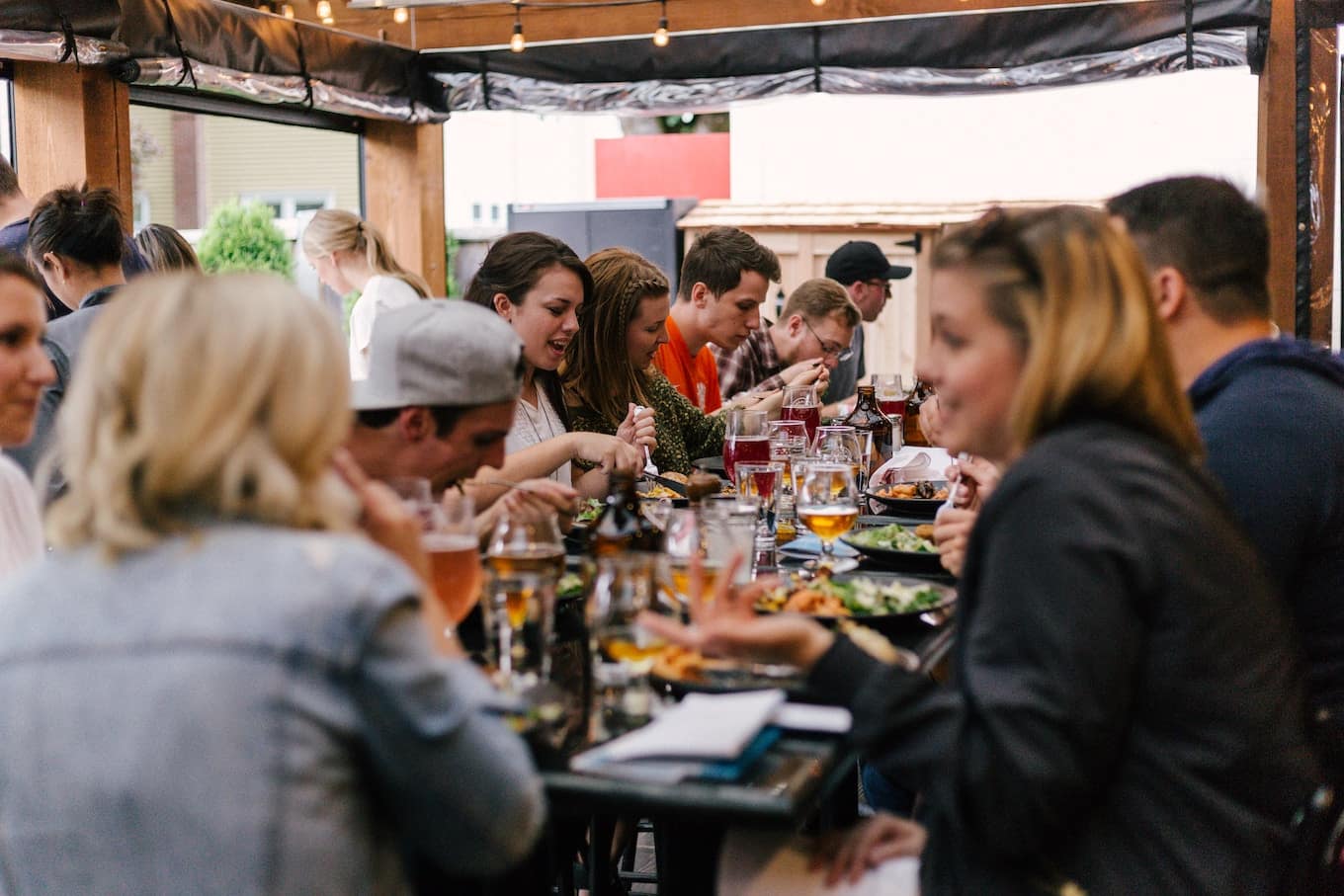How to increase ticket size at your restaurant
Editorial Team
5 min read
Any successful restaurant owner knows that, in order to thrive, they need to keep their eyes on the bottom line. One of the most important techniques for boosting profits is to increase the average order amount per customer. Every additional item they tag to the order—from a $1 upcharge for brown rice to an expensive bottle of wine—increases the ticket size and expands a restaurant’s margins. So how do you enhance the customer experience, train your staff and design your restaurant to drive bigger ticket sizes? Read on for strategies.
Dig into the data.
Start by crunching the numbers. Calculate your average sale. Let’s say on a typical day you bring in $1,000 from 40 customers. That means your average sale is $25. From here, you can determine a realistic goal—perhaps an average of $30 per customer over the next quarter—and make a concrete strategy to reach it.
Your Clover data will help you better understand customer behavior. For example, if you see a sales slump mid-week, experiment with a promotion on those days to see if that lifts sales. If your lunchtime crowd spends less per order, try increasing the average ticket price at your restaurant by offering a pre-fixe meal, group specials, ready-made lunches to go or create partnerships with local businesses to cater to their staff.
Your data analysis will also point to when your business performs the strongest. Capitalize on seasonal trends and other times when sales are on the rise. Plan ahead, cross-promote with other merchants, get micro-influencers to spread the word, reward your most loyal customers and run a targeted marketing campaign to make the most of those boom times.
Add premium products to the mix.
Offer higher-priced items to your menu, or the option to upgrade dishes with premium ingredients, and watch your bottom line grow. The latest research shows that, as customer eating habits change, they’re more inclined to fork over more cash for something better.
About a third of consumers say they are ordering healthy items more now than they were two years ago, according to Technomic’s Healthy Eating report. Health-conscious customers are more inclined toward menu items marked as natural, low in additives like sugar or salt, and boasting of ingredients that offer health benefits, such as high-fiber foods or probiotics. The report also shows that 40 percent of older millennials “consider health very important in their decision of which restaurant to visit,” and that about one third of respondents were willing to pay more for foods that are low sodium, low cholesterol, or contain superfoods.
In addition to healthy options, premium products such as specialty wines, craft beers, imported cheeses, branded goods, or even an entirely separate premium menu can entice diners to splurge.
Design your space to enhance the customer experience.
Happy customers tend to spend more, so stay tuned into what turns your customers on. When guests make reservations online, you gain a ton of insight into what they like and don’t like. For example, customers can specify their seating preferences; if the data reveals that most guests come to your restaurant for intimate dates, you’ll likely want to arrange most of your tables for pairs, as opposed to communal seating. You can also gain an understanding of the ambiance your customers most desire. Whether it’s a quiet space with outdoor seating to a party zone with live music, getting the atmosphere just right can go a long way toward putting your guests in the mood for a feast.
Design your menu to sell more.
Your point-of-sale system can highlight your best-selling dishes and help you identify menu duds worth cutting. Analyze which items were most frequently purchased together, like burgers and fries or salad and pasta, and from there you can create meal deals. Bundling dishes will encourage customers to buy more at each sitting. By strategically designing your menu, you can drive customers to add items to their order and increase the overall restaurant check average.
Upsell strategically.
You’ll need to train your staff to gently nudge customers to meal deals or to select add-ons to their meals. When your staff understands the menu and the best pairings, they’ll be better able to compel customers to top off their order with that special wine, extra avocado, or truffle fries.
Training must cover how to upsell without badgering. Teach them how to read nonverbal cues and upsell in a no-pressure way. Some helpful phrases include, “Our customers often like X with Y,” or “Our chef recommends pairing A with B.” Simple suggestions, such as pointing out the “value” of the larger size, mentioning add-on options or describing the specials in vivid detail, can increase sales nicely.
And waiters that can smoothly offer wine refills or entice customers with dessert later in the meal will be even more successful at raising that average ticket size.
Motivate your staff.
Every interaction with your staff can influence a customer’s buying pattern. A waiter can guide customer’s orders, coaxing them into that additional drink or that higher ticket item. Encourage them to upsell smartly, and let them know your goal of increasing order sizes.
Your point-of-sale system can also track the average order size per server, which will highlight who upsells successfully and who might need some nudging in the right direction. Average server order sizes can range widely, so if you can lift order sizes across your staff, especially among under performers, you’ll be well on your way to beefing up your profit margin.
Restaurants are known for running on tight margins, but data analysis, premium offerings, a smartly designed space and menu, and a staff trained to upsell well can go a long way in increasing ticket sizes and your profits.
Related Posts
How to deal with difficult customers during the pandemic
Why is the post-purchase customer experience important in the retail industry?
Popular Topics
Stay in touch
Sign up and learn more about Clover.
Thank you for your subscription!
More posts about starting a small business
eBook





